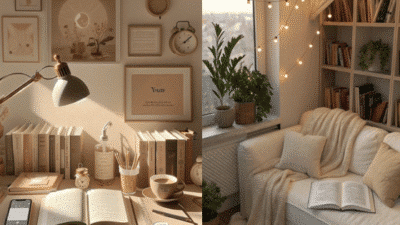Scent and sound are powerful tools that shape the feel of any room. They work together to create an atmosphere that can make people feel calm, energized, or focused. Using the right combination of smells and sounds can instantly change the mood of a space and how people experience it.
Scent triggers emotions and memories without being obvious. For example, citrus and mint smells can boost energy and alertness, while softer scents like sandalwood or vanilla bring calm and warmth. Sound adds another layer by filling the room with music, nature sounds, or silence, all of which influence feelings and focus.
When scent and sound are thoughtfully combined, they enhance a room’s vibe in a subtle but meaningful way. This makes a space not just look nice but also feel inviting and comfortable to be in.
How Scent Shapes Room Atmosphere
Scent can change how a room feels in simple but powerful ways. It affects mood, helps create different vibes, and works best when chosen carefully for each space. The right smell can make a room feel fresh, cozy, or calm.
The Science of Aromas and Mood

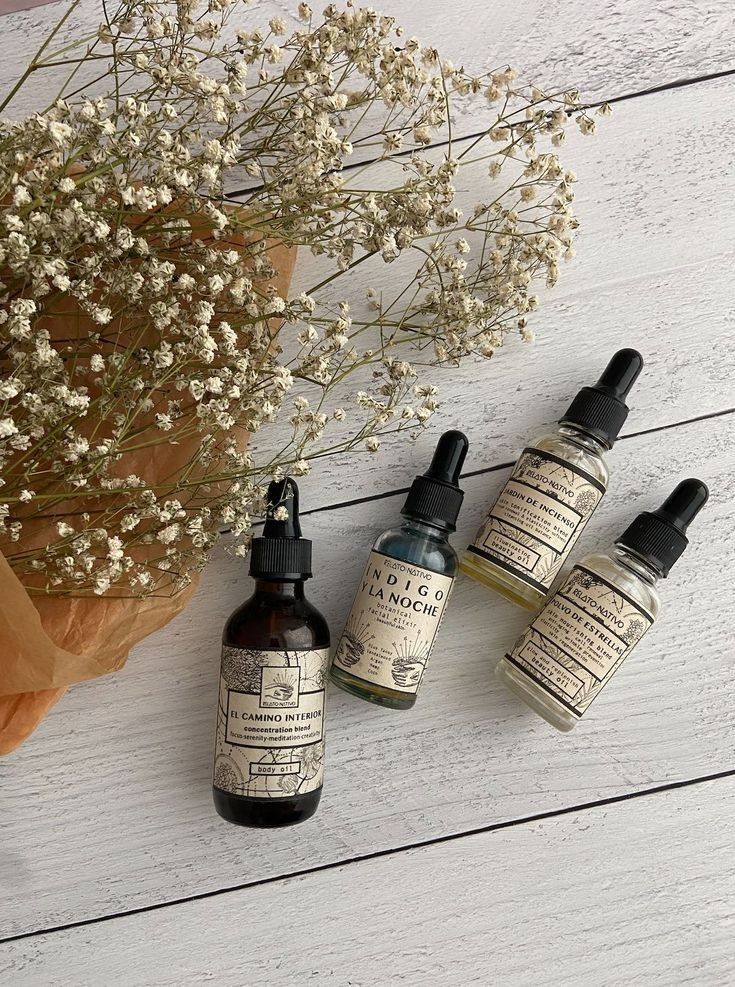
Scent connects directly to the brain’s limbic system, which controls emotions and memories. This means smells can quickly change how someone feels. For example, lavender can lower stress and promote calm, while citrus scents often boost energy and alertness.
Smells travel through the air, but in big rooms, they can become weaker because they mix with more air. So, scent strength and type matter depending on the room size.
Popular Scents for Different Vibes


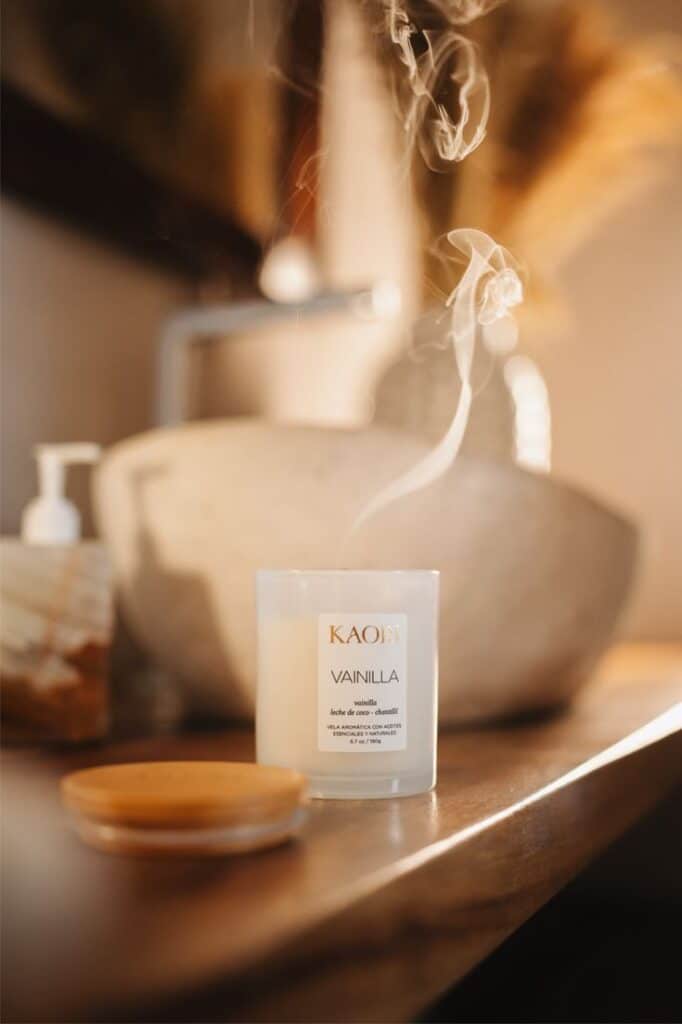
Certain scents are popular because they fit well with different moods. Here are a few common choices:
- Lavender: Calming and relaxing, good for bedrooms.
- Citrus (lemon, orange): Fresh and energizing, great for kitchens or offices.
- Vanilla: Warm and cozy, ideal for living rooms.
- Eucalyptus: Refreshing and clean, works well in bathrooms.
Choosing these scents based on the room’s purpose helps create the right feeling.
Choosing the Right Scent for Your Space
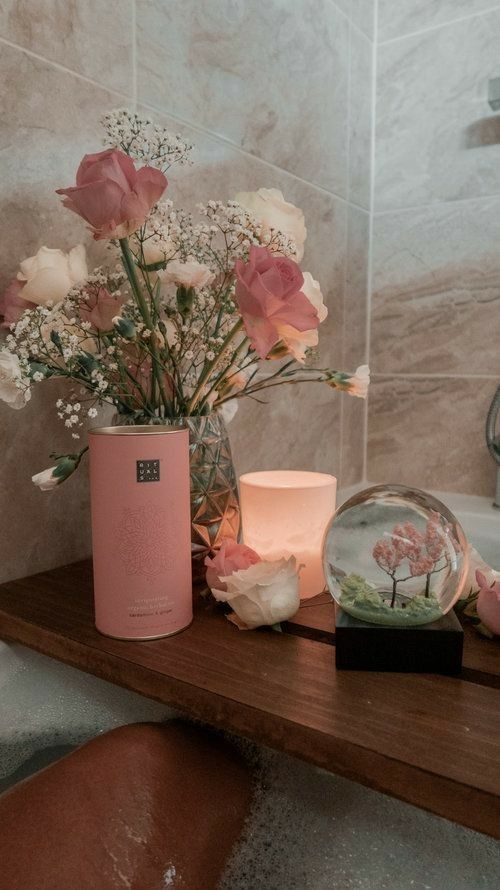
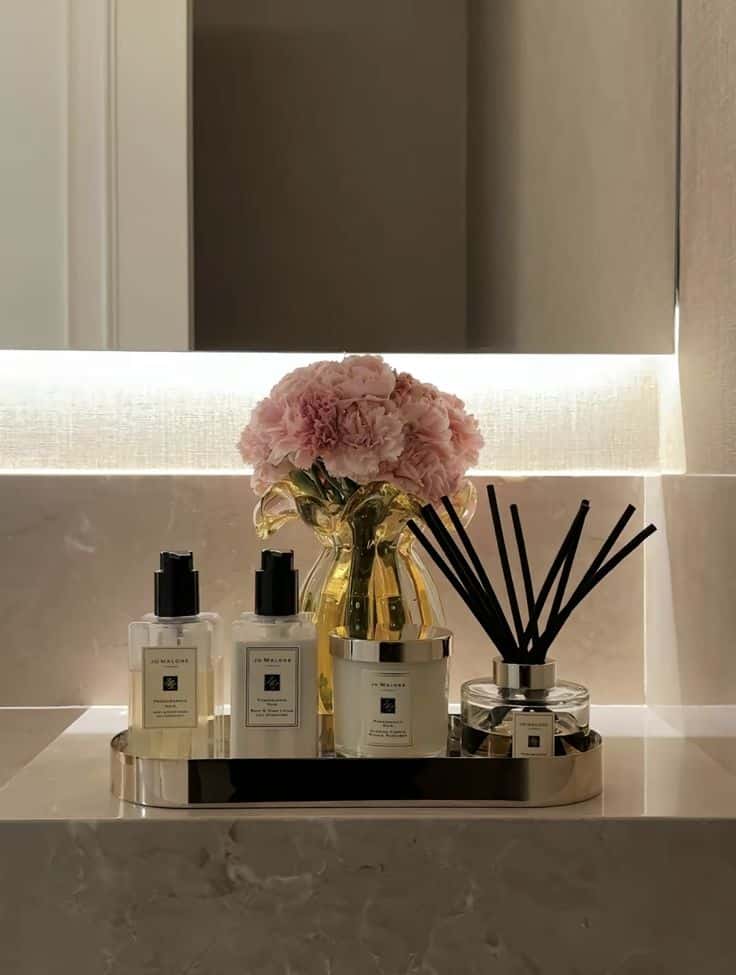
Selecting a scent depends on the room’s use and size. Fresh, light scents like mint or linen work best in bathrooms. Larger rooms may need stronger aromas or more scent sources to make an impact.
He or she should avoid overpowering smells in small spaces, which can feel overwhelming. Testing scents in the actual room before deciding helps find the perfect balance.

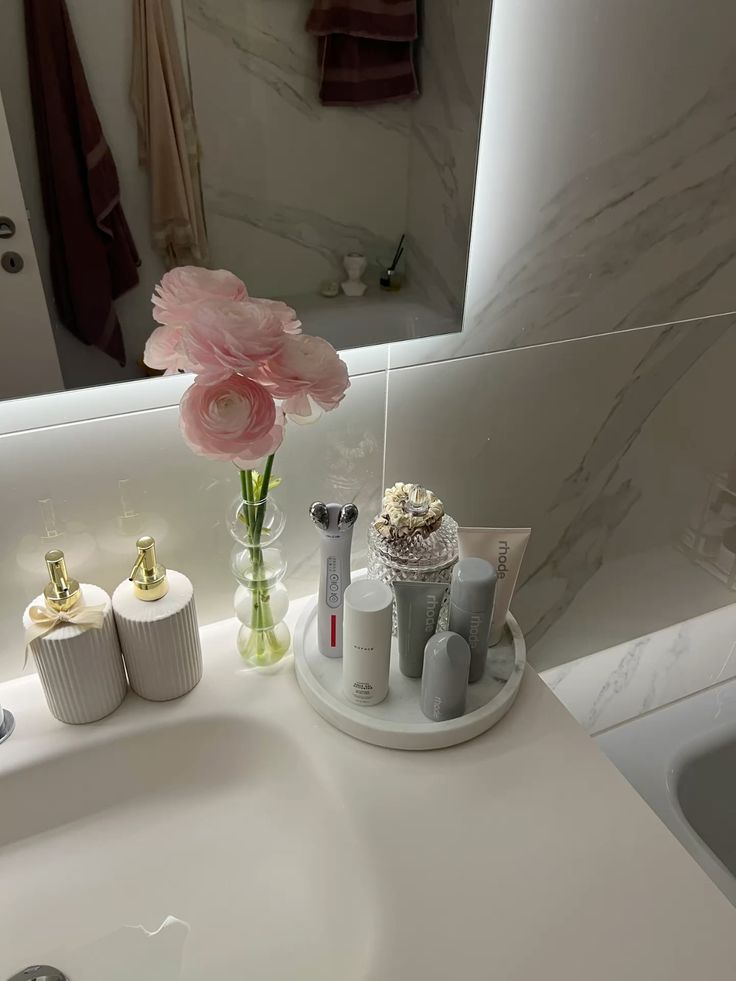
Using candles, diffusers, or sprays allows control over how strong the scent is and helps keep the room’s vibe consistent.
Sound’s Influence on Room Energy
Sound shapes how people feel and behave in a space. Different types of noises, music choices, and sound levels change the mood. How sound moves and behaves in a room also affects how comfortable or tense it feels.
Effects of Music and Ambient Noise


Music can create distinct moods. Upbeat tunes can make a room feel lively and energetic. Calm, slow music often helps people relax and focus. Ambient noise, like soft background sounds, can fill silence without being distracting.
Nature sounds, such as rain or birds, add a peaceful vibe. On the other hand, loud or harsh noises can cause stress or restlessness. Choosing the right sound depends on the room’s purpose, whether it’s for work, rest, or socializing.
Selecting Audio for Desired Ambiance


Picking the right audio is key to shaping a room’s atmosphere. For a cozy setting, gentle acoustic music or soft instrumentals work well. In busy spaces, steady background sounds help mask unwanted noises.
Businesses often use specific soundtracks to influence customer mood positively. At home, personal preference guides the choice but should match the activity. Audio that feels natural and not forced makes a space more inviting.
How Volume and Acoustics Affect Perception
Volume controls how intense the sound feels. Low to moderate volumes tend to soothe and improve focus. High volumes can energize but may lead to discomfort if too loud.
The room’s materials impact sound behavior. Soft textiles absorb sound, reducing echo and noise. Hard surfaces reflect sound, sometimes creating echoes or loud spots.
Using sound-absorbing items like rugs and curtains helps balance sound. Proper acoustics prevent noise from becoming overwhelming and keep the room feeling comfortable.
Blending Scent and Sound for a Harmonious Vibe
Creating a room’s vibe with scent and sound means choosing scents and sounds that work well together. The right combinations can change mood and make the space feel more inviting. It also helps to think about how to keep both the smell and sound clear, without one overpowering the other.
Coordinating Fragrances with Audio Themes
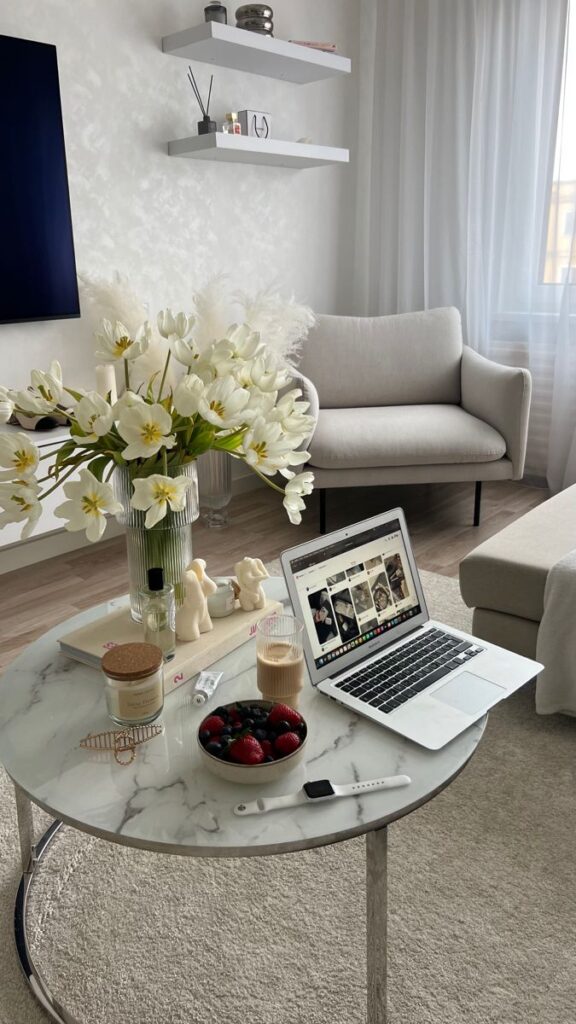
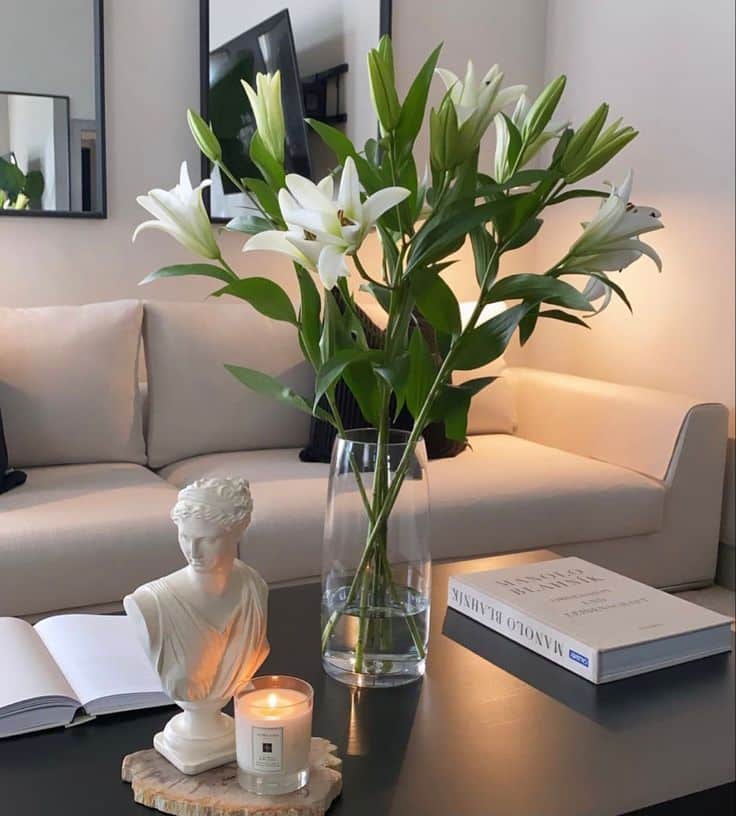
Matching the scent to the type of music or sounds playing is key. For example, light floral or citrus scents pair well with soft, acoustic music. These scents keep the mood fresh and calming.
Heavier scents like sandalwood or vanilla fit better with slow jazz or deep instrumental sounds. The richer aroma adds warmth and comfort that matches the music’s tone.
When pairing scents and sounds, the goal is to create a feeling that both your nose and ears enjoy together. This helps the space feel balanced and peaceful.
Practical Tips for Scent and Sound Pairing

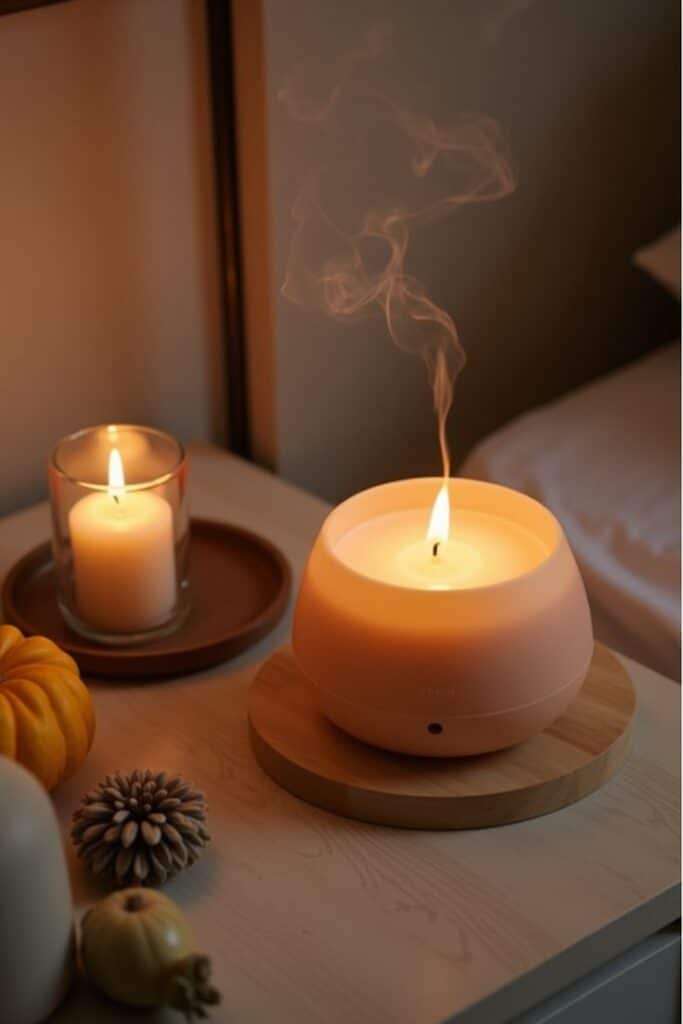
Use natural fragrance sources like diffusers or candles to spread scent evenly. It’s best to avoid scents that are too strong, since they can clash with sounds or become overwhelming.
Keep the room well-ventilated to prevent the scent from building up too much. This also helps avoid mixing multiple smells that can confuse the vibe.
For sound, using instruments or songs with clear, gentle tones works well. Avoid loud or harsh sounds when soft scents are used. Pairing subtle sound and scent keeps the environment relaxing and enjoyable.
- 38shares
- Facebook0
- Pinterest38
- Twitter0


